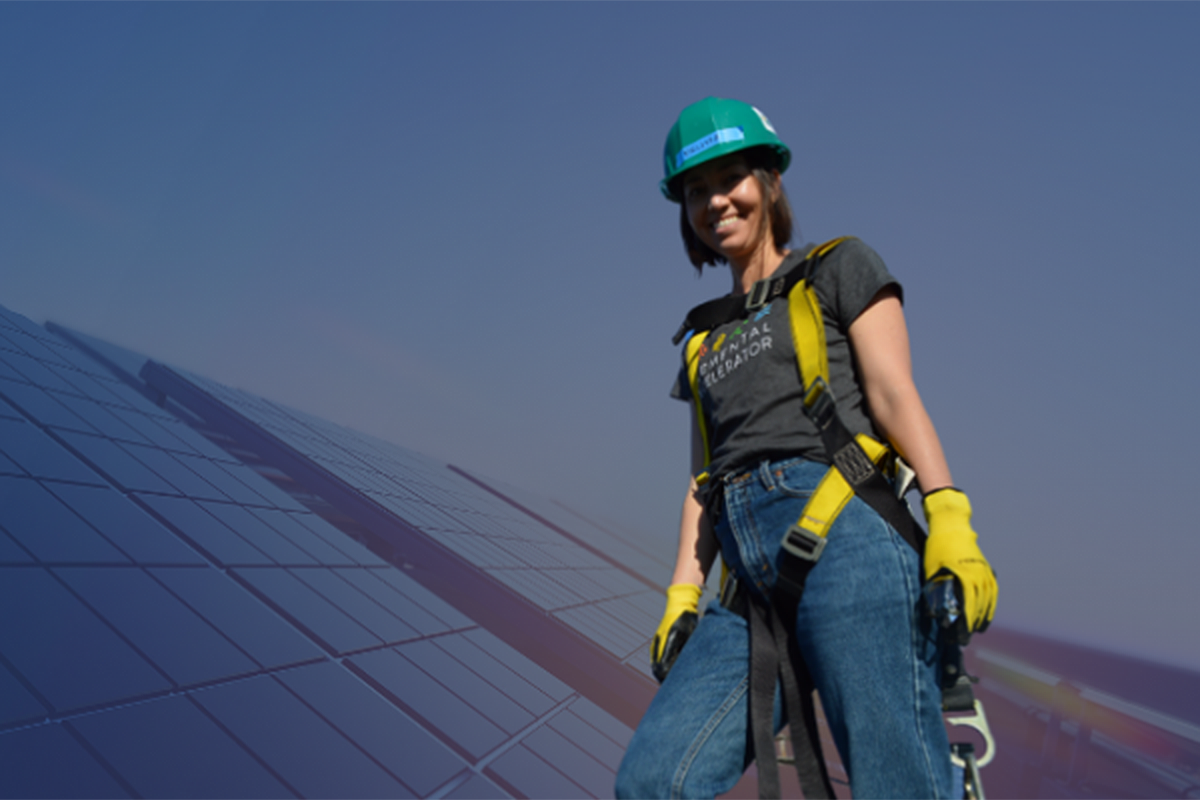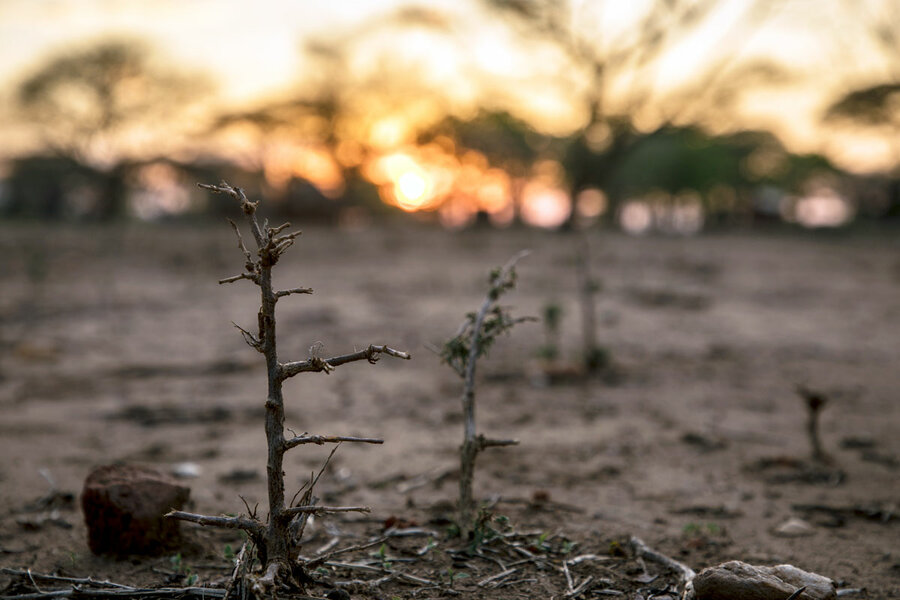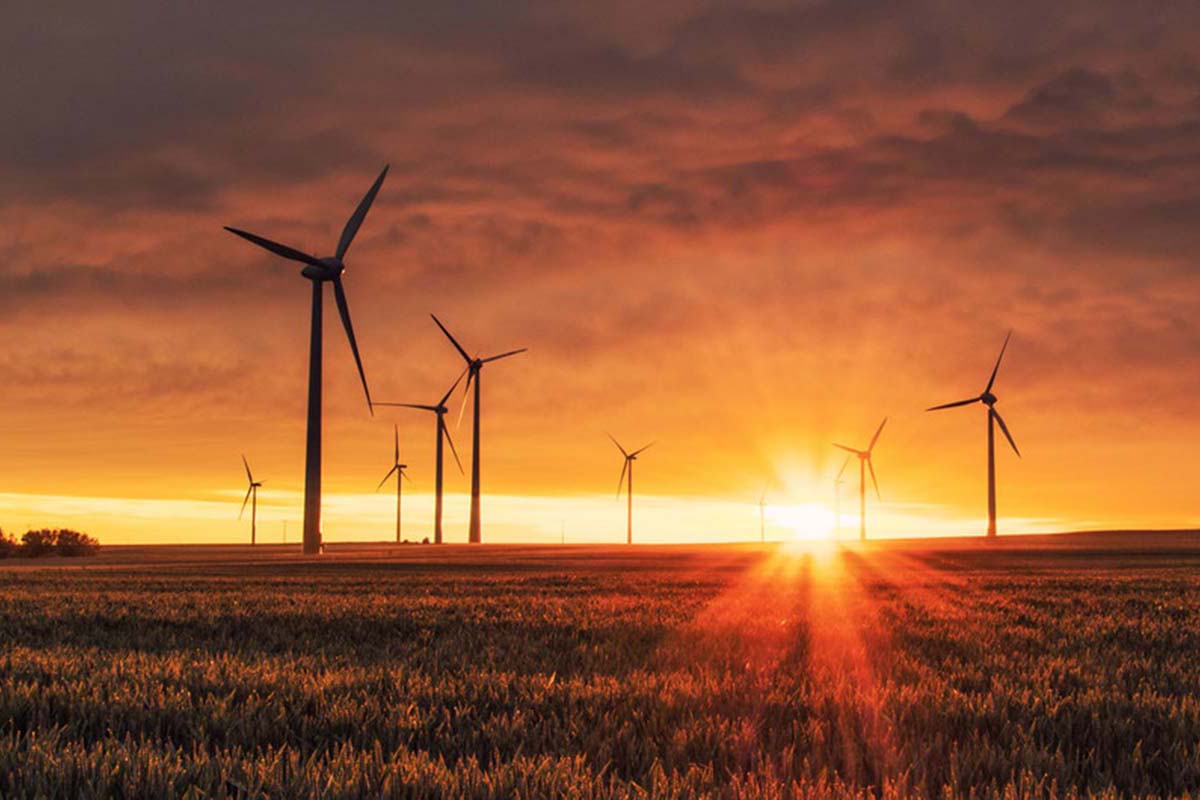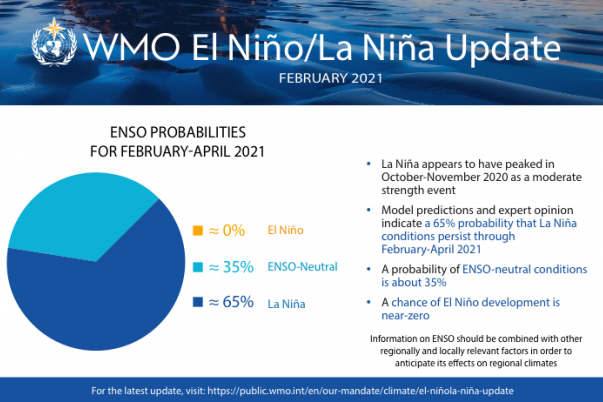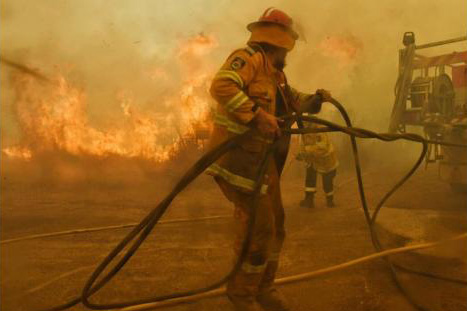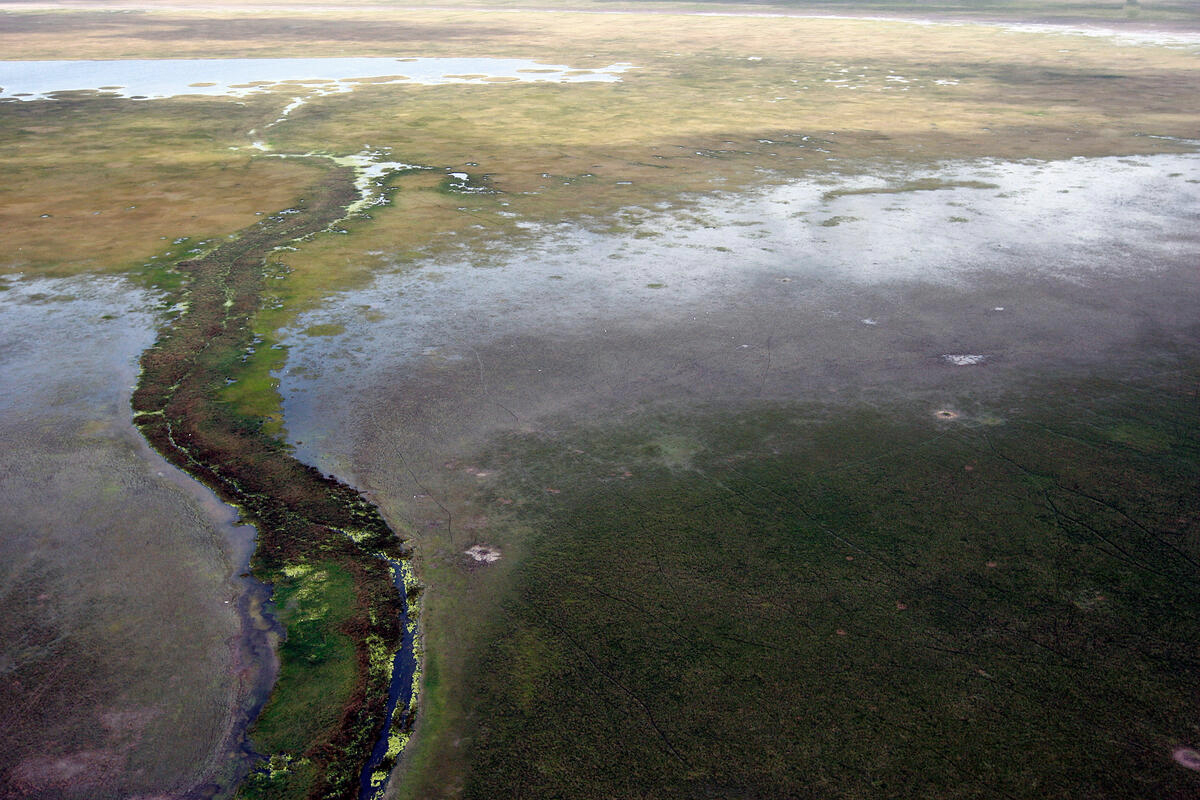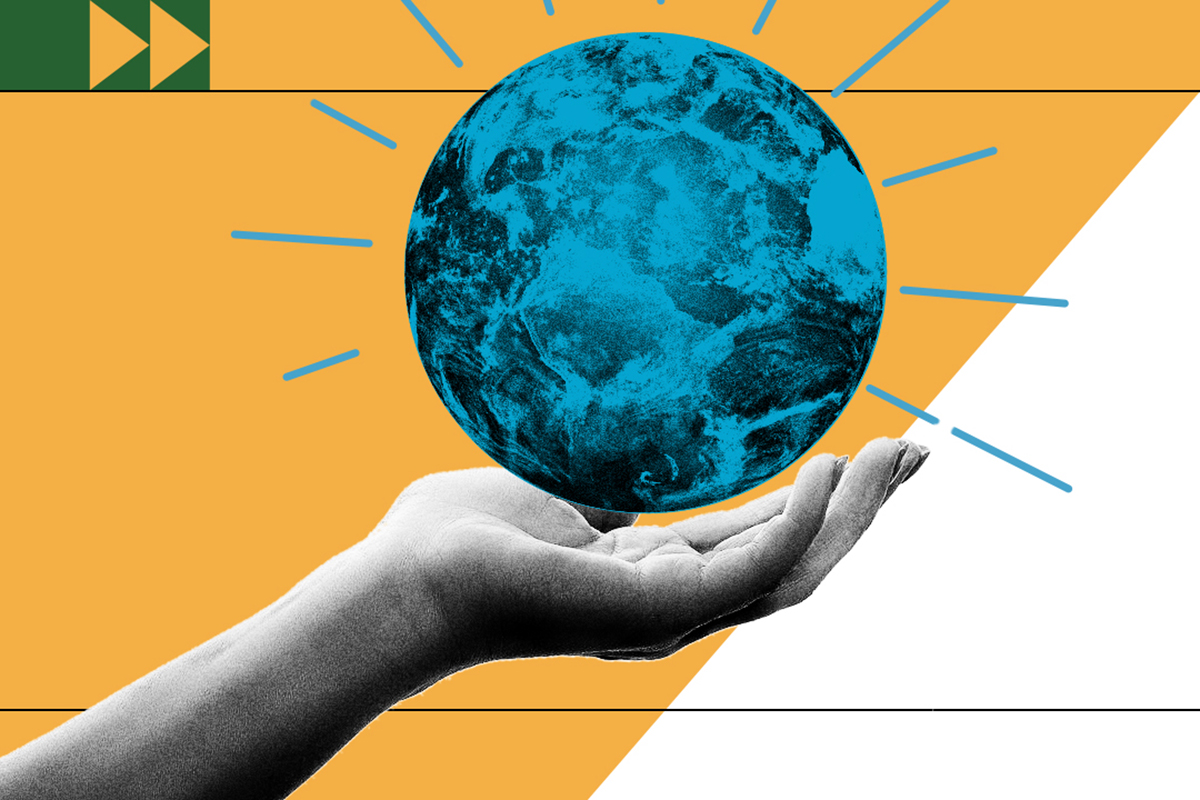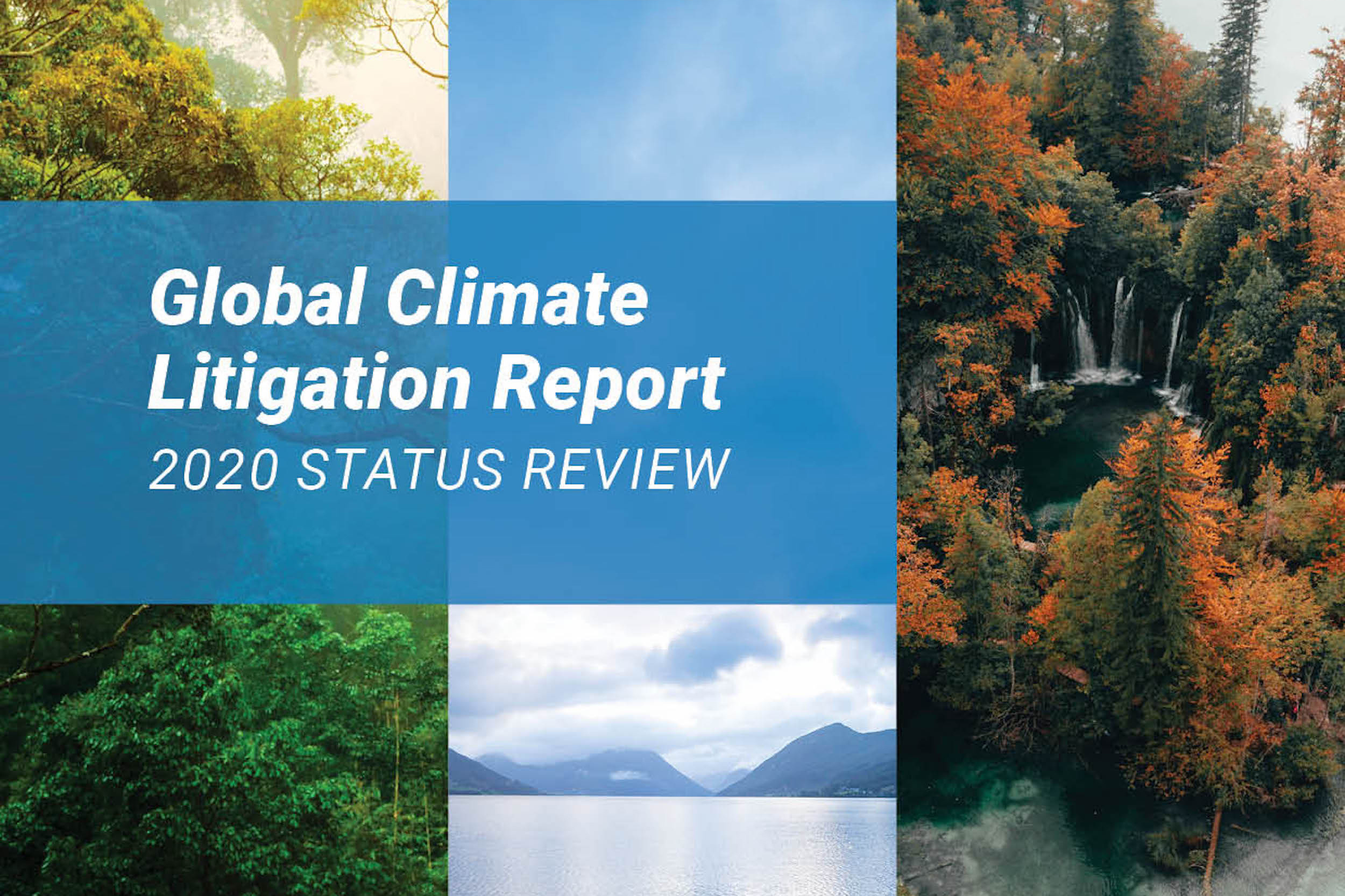The Paris Agreement requests each country to outline and communicate their post-2020 climate actions, known as their Nationally Determined Contributions (NDCs), to reduce national emissions and adapt to the impacts of climate change. Together, these climate actions determine whether the world achieves the long-term goals of the Agreement and reaches global peaking of greenhouse gas (GHG) emissions as soon as possible. Thereafter, countries will undertake rapid reductions on the basis of equity, and in the context of sustainable development and efforts to eradicate poverty.
UNFCCC calls on organizations, businesses, universities, governments and others taking bold leadership on climate change to nominate their work for a special 10th instalment of the awards.
Climate change is intensifying extreme weather events hitting the country, leaving almost half the population of 15 million unsure of where they’ll find their next meal. At the peak of this hunger season, 3.4 million people, more than a third of the entire rural population, are expected to face emergency or crisis levels of hunger. Over the past two decades, droughts have proved an insurmountable challenge for the smallholder farmers who produce most of the country’s food. Floods and cyclones strike, too, and things are only expected to get worse. Climate scientists anticipate severe droughts in Zimbabwe to increase by 21 percent over the next few decades which could lead to enormous losses.
The Paris Agreement enters into force for the United States on 19 February, after a new instrument of acceptance by the US, expressing its consent to be bound by the Agreement, was deposited with the UN Secretary-General on 20 January. This historic agreement aims to substantially reduce global greenhouse gas emissions and to limit the global temperature increase in this century to 2 degrees Celsius. It includes commitments from all countries to reduce their emissions and work together to adapt to the impacts of climate change and calls on countries to strengthen their commitments over time.
The 2020-2021 La Niña event has passed its peak, but impacts on temperatures, precipitation and storm patterns continue, according to a new update from the World Meteorological Organization (WMO). Despite the general cooling influence of La Niña events, land temperatures are expected to be above-normal for most parts of the globe in February-April 2021.
Oceans are an essential part of our planet. They provide us with food to eat and keep our atmosphere healthy. Without the oceans, we simply wouldn’t exist. But climate change means that ocean temperatures are increasing, icebergs are melting, and sea levels are rising. We need action to reverse these trends, and raising awareness is the first step. To do so, FAO hosted an online discussion titled Talking Oceans and Climate Change.
The past six years have been the warmest on record since 1880, with 2016, 2019 and 2020 being the top three, according to the World Meteorological Organization (WMO). The year 2020 was 1.2°C above pre-industrial era (1880) temperatures. WMO predicts a 20 per cent probability that temperatures will temporarily exceed 1.5°C as early as 2024. According to the Paris Agreement, Member States committed to limit global warming to well below 2°C, preferably to 1.5°C, compared to pre-industrial levels. In January this year, António Guterres, the United Nations Secretary-General, said 2021 was a critical year for climate, calling for multilateral action.
The 10 New Insights in Climate Science 2020 report by leading international scientists and presented to the UNFCCC reveals the most important findings within the field of climate science over the last year. It can help drive collective action on the ongoing climate crisis and help build momentum for a successful outcome of this year’s UN Climate Change Conference COP26 in November. The report presents the need for aggressive greenhouse gas emission cuts to meet the goals of the Paris Agreement among other issues.
What would the world look like if we hadn’t saved the ozone layer? It’s 2084 and the disease known as the GROW has taken over. Three teenagers, Knox, Sagan and Terran, find themselves on an epic adventure to save themselves and the world.
In December 2019, UNDP Fiji through the Accelerator Lab Pacific embarked on an experiment to understand the interplay between traditional knowledge, cultural identity and climate resilience. The Accelerator Lab Pacific hypothesized that if communities revived their traditional practices, it would help towards strengthening cultural identity and then in turn improve climate resilience, through better relationship with their biodiversity and natural resources. Vusama village, on the south west coast of Fiji’s main island Viti Levu, which was the traditional custodian of salt making, but had not practiced it for more than 50 years, was set up a demonstration site for salt making revival.
The climate crisis is a humanitarian crisis. Members of the IASC highlight how global climate action must prioritize support to the most vulnerable in preventing, preparing for and adapting to the ongoing crisis.
Race to Zero is a global campaign to rally leadership and support from businesses, cities, regions, and investors for a healthy, resilient, zero-carbon recovery that prevents future threats, creates decent jobs, and unlocks inclusive, sustainable growth. Reaching net zero greenhouse gas emissions by the middle of the century is crucial to achieve the temperature goals of the Paris Agreement on climate action, with clearly defined interim goals. The “Race to Zero Breakthroughs'' have been published in a special paper, which sets out near-term goals for more than 20 sectors that make up the global economy, forming a master plan around which business, governments, and civil society can unite ahead of the UN Climate Change Conference in November.
To address climate change, the Paris Agreement aims to substantially reduce global greenhouse gas emissions and to limit the global temperature increase in this century to 2 degrees Celsius. It includes commitments from all countries to reduce their emissions and work together to adapt to the impacts of climate change and calls on countries to strengthen their commitments over time. The Agreement entered into force on 4 November 2016, and to this date 189 countries have ratified it. Most recently, the Secretary-General welcomed the United States return to the accord.


